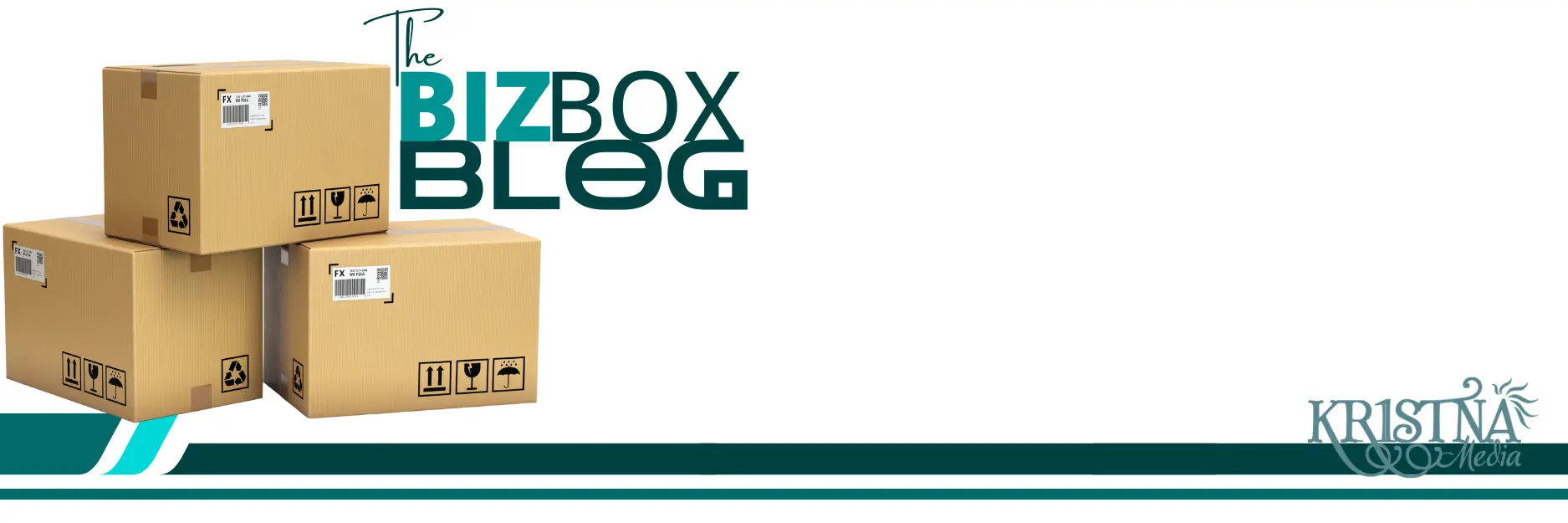Let’s Face It: Your MarTech Stack Might Be Holding You Back
You’ve invested in all the shiny new marketing tools—CRMs, automation platforms, analytics software, social media schedulers, SEO tools, email campaign managers—the list goes on. But if you’re being honest, are you really getting the most out of them?
Here’s the uncomfortable truth: More isn’t always better. In fact, too many tools can slow you down, create silos, and lead to massive inefficiencies. Gartner reports that 29% of a marketing budget is spent on technology, yet most businesses use less than half of their tools’ full capabilities.
If your marketing technology stack feels like a patchwork quilt of disconnected tools, it’s time to rethink your approach. Let’s explore how to audit, refine, and optimize your MarTech stack to drive better results without the bloat.
1. You’re Probably Paying for Tools You Don’t Need (Or Even Use)
Start by taking a hard look at your existing tools. Many businesses fall into the trap of investing in the latest “must-have” software, only to find that it doesn’t align with their specific needs. The result? A bloated tech stack filled with redundant or underused tools.
- Reality Check: According to HubSpot, 26% of marketers report not using all the marketing technology they have access to, which equates to wasted resources and increased costs.
- Action Step: Conduct a tech stack audit. Make a comprehensive list of all the tools your team currently uses (or has access to) and identify which are essential, redundant, or underutilized. Ask yourself: Are there overlapping functionalities? Is every tool aligned with your business goals?
2. Integration Is Everything—Your Tools Need to Talk to Each Other
Your marketing tools are like pieces of a puzzle. If they don’t fit together, you’ll never see the whole picture. Disconnected tools lead to data silos, fragmented customer insights, and misaligned strategies. The solution? Integration.
- Example: Imagine running an email campaign using one platform, tracking website behavior on another, and managing customer data in a separate CRM. Without integration, you can’t accurately attribute leads or optimize campaigns based on real-time data.
- Quote from the Field: “Integration isn’t just a technical requirement; it’s a strategic necessity,” says Scott Brinker, author of the MarTech 5000 and editor of ChiefMartec.com. “The goal should be a connected ecosystem where data flows freely, enabling smarter decisions.”
- Action Step: Prioritize tools that offer native integrations or open APIs. Use middleware solutions like Zapier or Integromat to connect systems that don’t natively integrate. Evaluate your tech stack with a focus on creating a seamless flow of data.
3. Don’t Fall for the Hype—Choose Tools That Fit Your Strategy
In the ever-evolving world of MarTech, it’s easy to get dazzled by the latest AI-powered, blockchain-enabled, machine-learning magic wand. But the truth is, you don’t need every new tool on the market. You need the right tools for your specific strategy.
- Statistics: According to a survey by Ascend2, 51% of marketers cite a lack of technology expertise as a barrier to implementing their MarTech strategy effectively.
- Action Step: Define your marketing goals and map out the tools that support each step of the customer journey. Focus on acquiring technology that solves a specific problem or fills a gap in your current stack. Remember, it’s not about having more tools; it’s about having the right ones.
4. Reduce, Reuse, Recycle—Simplify Your Tech Stack
Once you’ve identified which tools you truly need, look for opportunities to consolidate. Can one tool do the job of three? Are there multifunctional platforms that could simplify your processes?
- Example: Many companies have successfully consolidated their tools by switching to all-in-one platforms like HubSpot or Salesforce, which offer a suite of integrated features, from CRM and email marketing to analytics and automation.
- Quote from the Field: “Simplification is key to efficiency,” says Michael Brenner, CEO of Marketing Insider Group. “Focus on a few powerful tools that everyone in your team can master, rather than a dozen that confuse and frustrate.”
- Action Step: Identify overlapping functionalities and determine whether a single platform could replace multiple tools. Evaluate your tech stack with an eye for consolidation and simplification.
5. Train Your Team—The Tools Are Only as Good as the People Using Them
It’s not enough to have the best tools if your team doesn’t know how to use them effectively. A lack of training leads to underutilization, frustration, and ultimately, wasted resources.
- Statistics: A survey by Forrester found that 44% of marketers consider lack of skills as the biggest barrier to success with marketing technology.
- Action Step: Invest in regular training sessions, workshops, or certification programs to ensure your team knows how to use each tool to its full potential. Leverage vendor resources—many tools offer free training modules, webinars, and user communities to help you stay sharp.
6. Measure What Matters—Data Is Your Best Friend
Your MarTech stack should empower you to measure what truly matters, not overwhelm you with vanity metrics. Focus on metrics that align with your business objectives—whether that’s conversion rates, customer acquisition costs, or lead quality.
- Example: Instead of obsessing over clicks and impressions, focus on metrics that demonstrate meaningful engagement and progress through the customer journey.
- Quote from the Field: “Vanity metrics can be deceptive,” warns Neil Patel, co-founder of Neil Patel Digital. “Focus on the numbers that tell you whether you’re moving the needle, not just making noise.”
- Action Step: Define key performance indicators (KPIs) that matter to your business and set up dashboards to monitor these in real-time. Regularly review and refine your metrics to ensure they align with your evolving goals.
7. Plan for Scalability—Your Needs Will Grow Over Time
Your business won’t stay the same forever, and neither should your tech stack. As you grow, your needs will change, and your tools should be able to scale accordingly. Choose platforms that can grow with you, offering flexibility and scalability without requiring a complete overhaul.
- Statistics: Research by Deloitte suggests that businesses that plan for scalability from the start are 3 times more likely to succeed in digital transformation efforts.
- Action Step: When choosing tools, consider not just your current needs but your future growth. Opt for platforms that offer tiered pricing, modular features, and scalability options to grow alongside your business.
Final Word: Less Is More When It Comes to MarTech
Your marketing tech stack should be a finely-tuned machine, not a bloated mess of overlapping tools. By auditing, integrating, and optimizing your MarTech stack, you’ll not only save money but also create a more efficient, effective, and aligned marketing strategy that drives real results.

Ready to streamline your marketing technology and boost your ROI? At KR1STNA Media, we help businesses cut through the clutter and build a lean, mean MarTech machine. Contact us today to start optimizing your tech stack.



